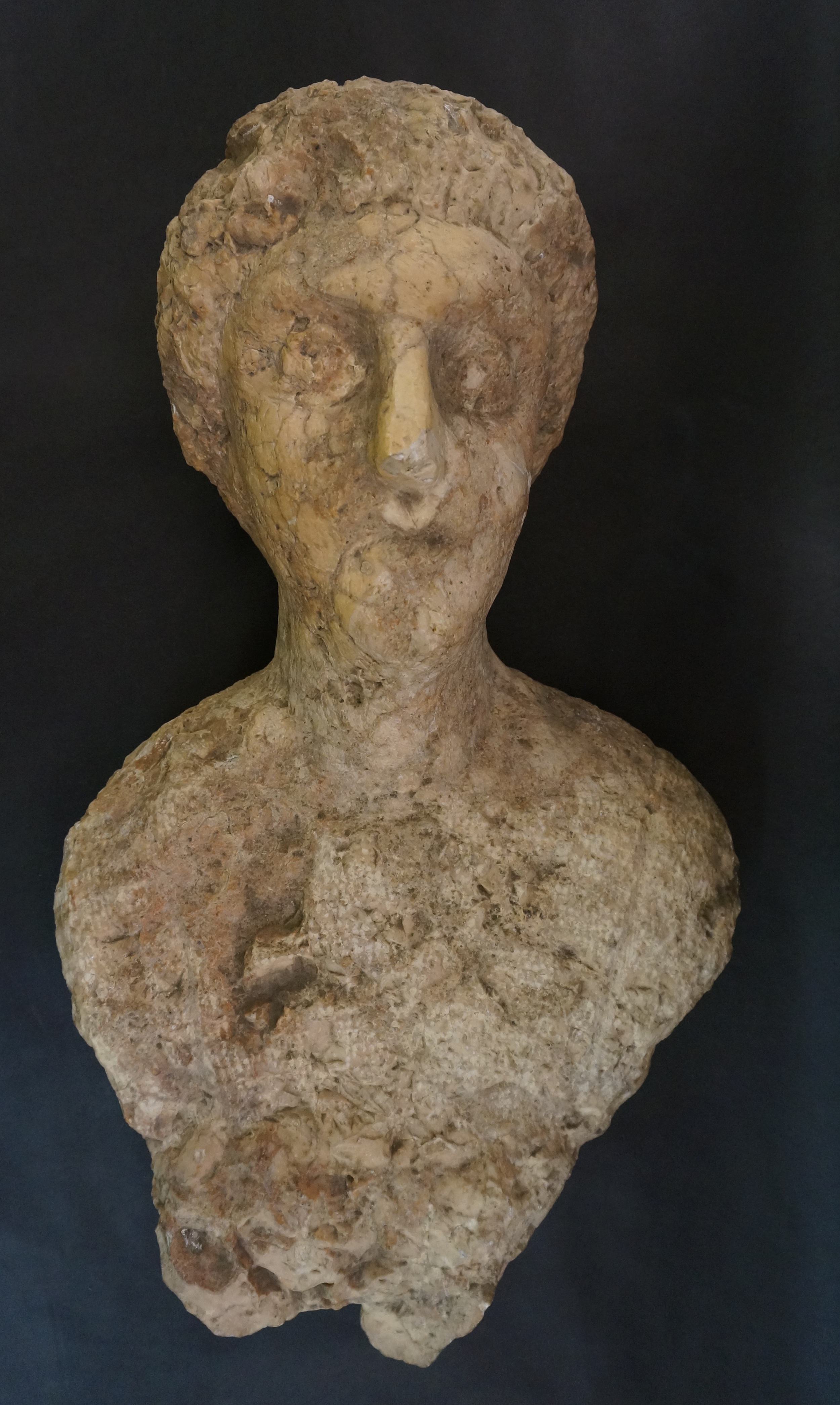Sculpture at Beth Shean



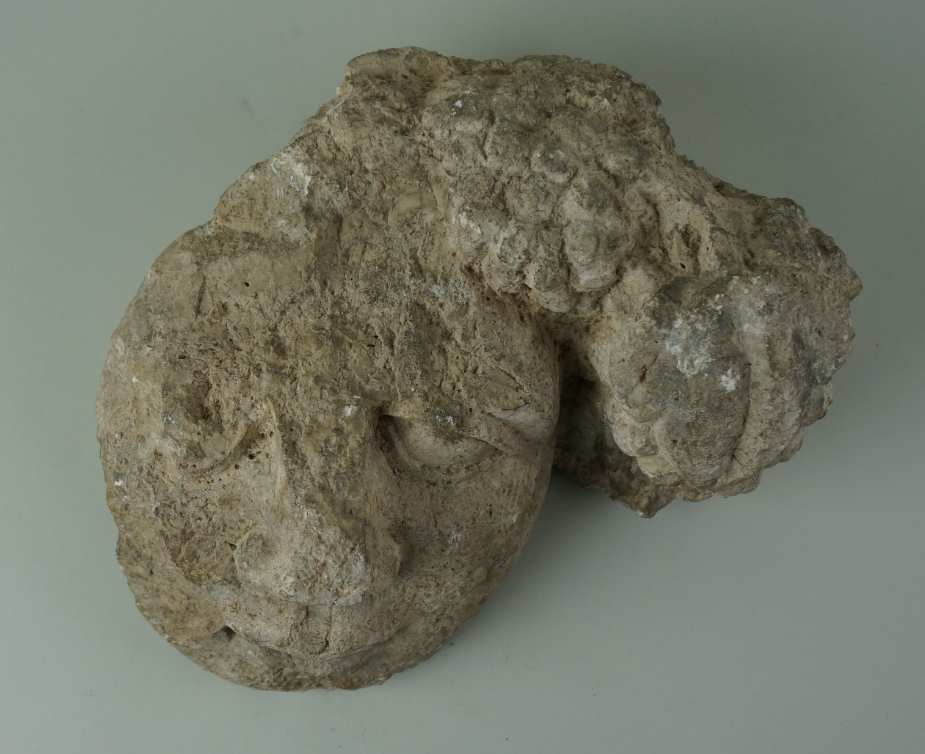

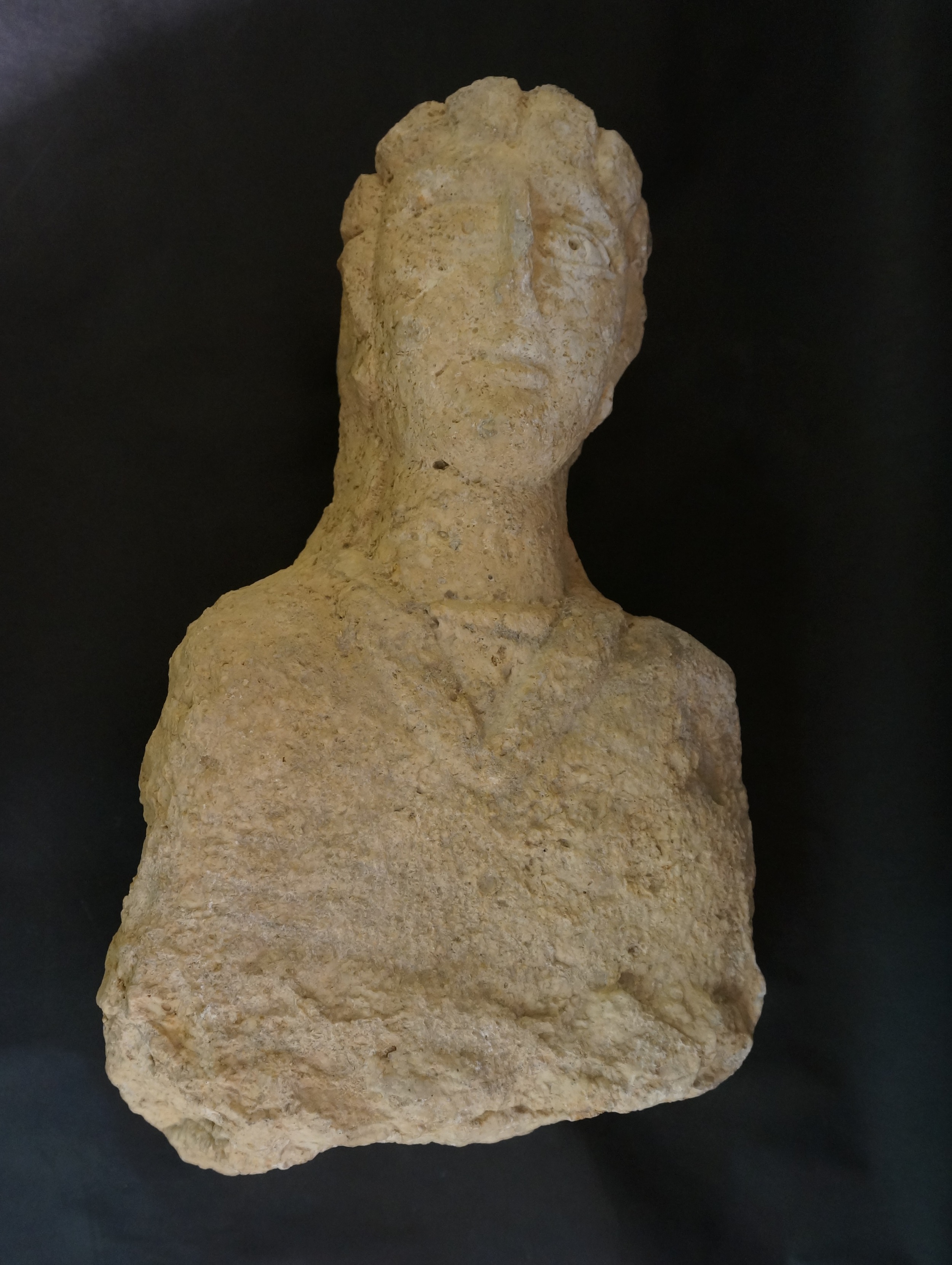
Sculpture formed an important and dynamic component of the Late Antique visual environment at Beth Shean. It served far broader purposes than mere decoration. From small figurines to colossal statues, the Penn Museum collection is rich in material from temples and tombs at Beth Shean.
Roman Temple, 2nd/3rd c.
Byzantine Tombs 54, 31, 76, Northern Cemetery
Penn's collection of sculpture from the Byzantine period is rather small, but two key groups of funerary objects are well represented. A series of figurines were found a tomb initially dated from the 4th through the 6th centuries CE. The figure represented on these items has been identified as Nysa, the nymph that Dionysos supposedly buried in Beth Shean. Their discovery in a burial context suggests the persistence of prior Roman practices even after the rise of Christianity.
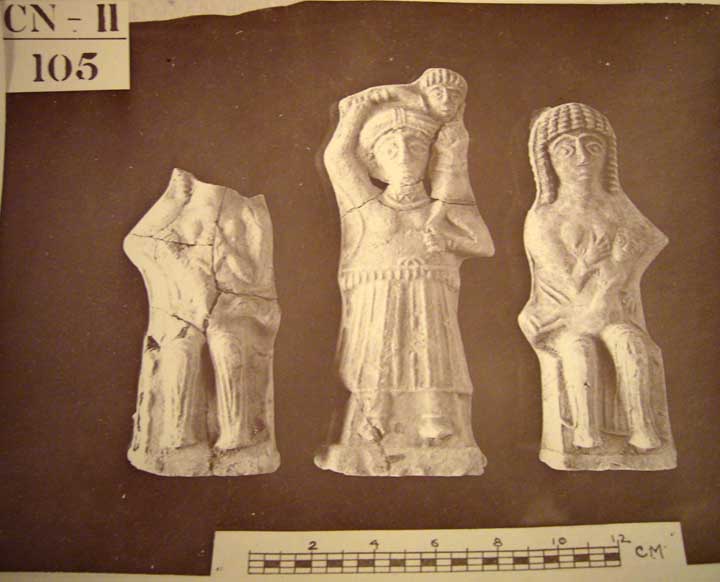
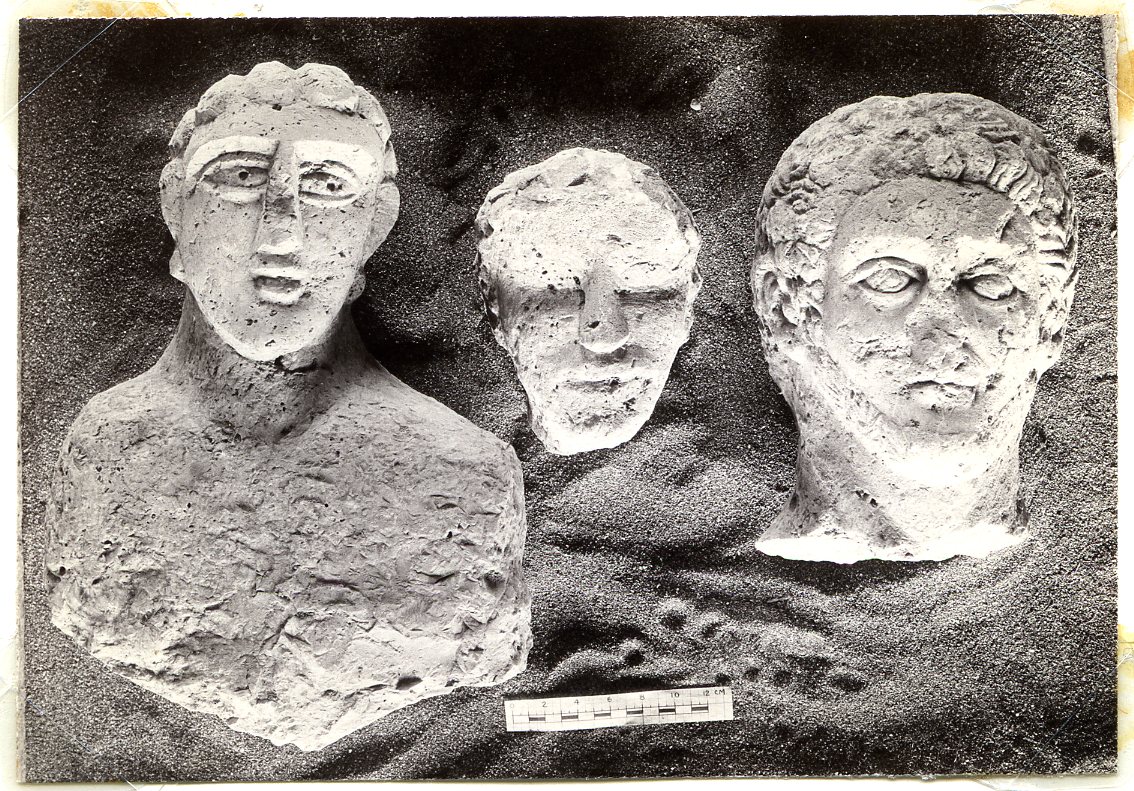
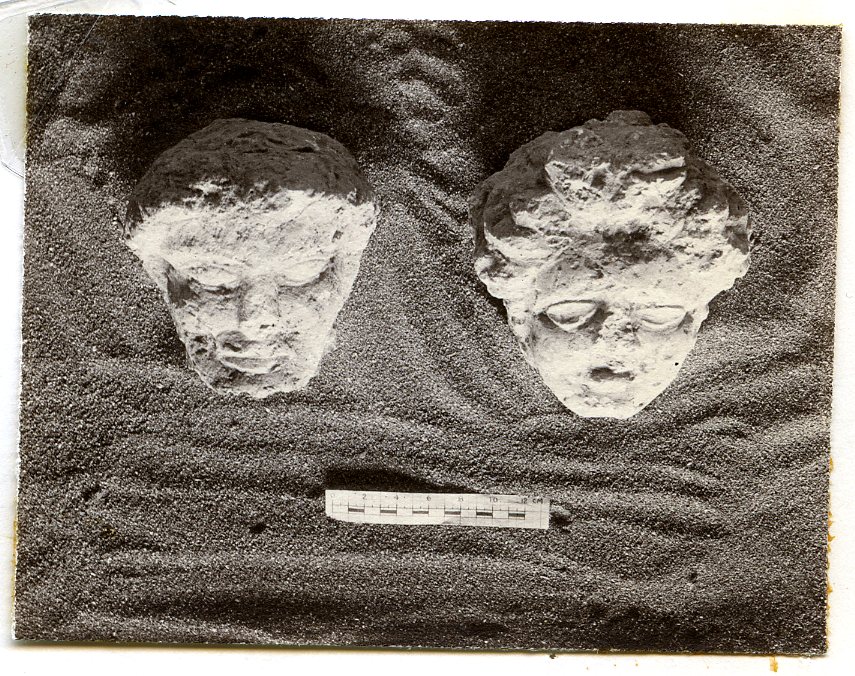
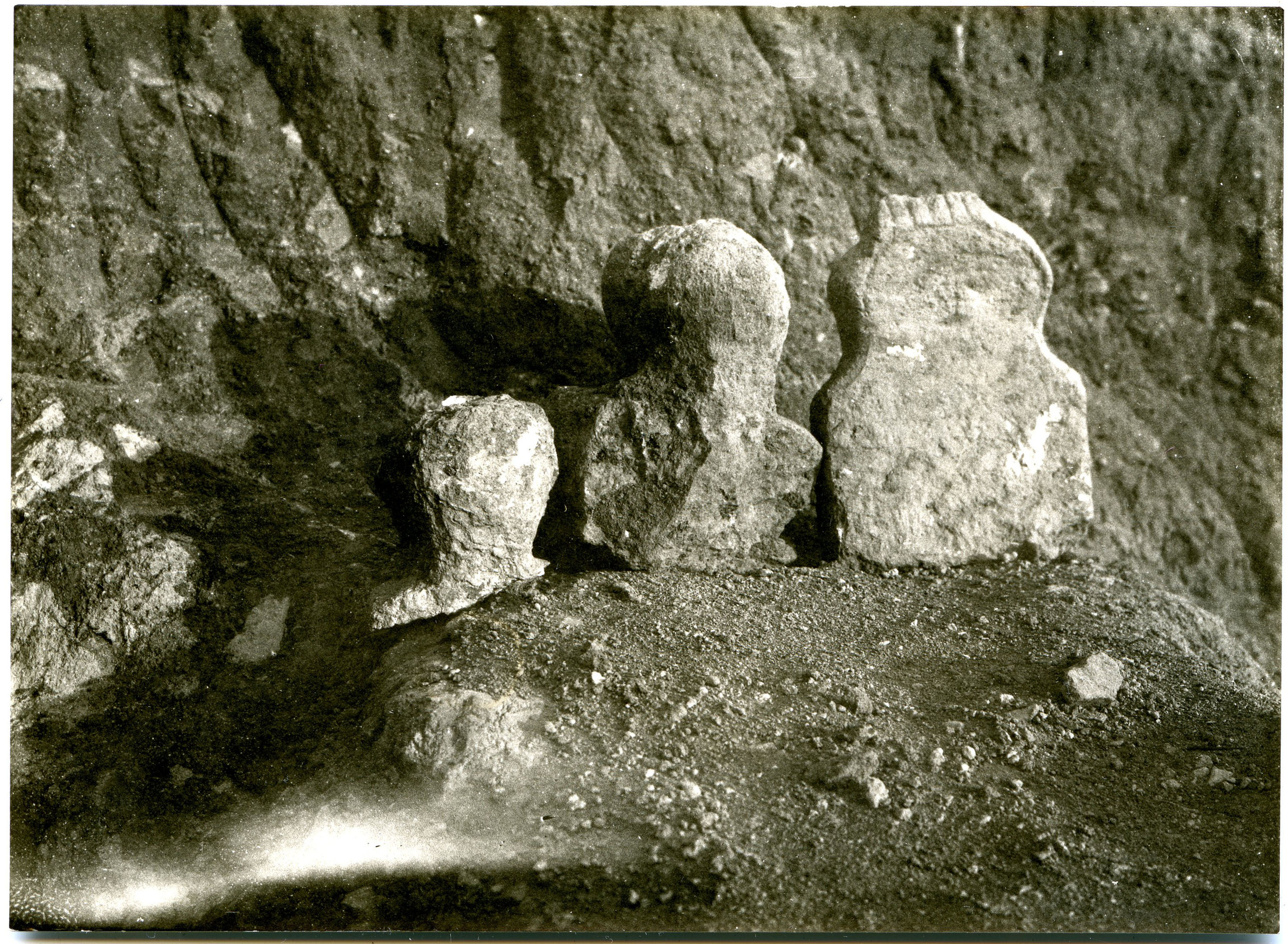
In addition to funerary figurines, the Penn collection of sculpture also contains a series of funerary busts. These items may not look like the finely carved marble sculptures that one often sees on display in museum galleries, but they are no less important. Placed on the outside of the tombs, they are thought to have resembled the deceased occupants within and are found throughout the larger Greco-Roman world. Despite their broad use, their presence is rare in excavations from region surrounding Beth Shean.
For more information and more examples of funerary busts from Beth Shean, click here.

